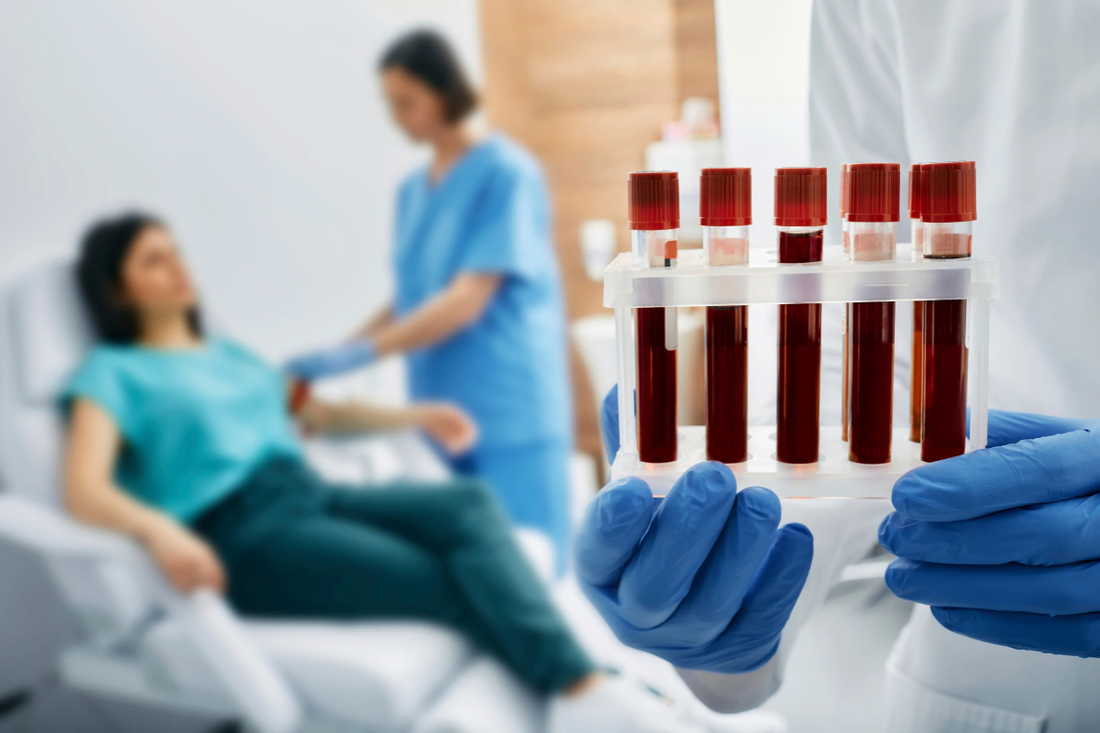
Self-Directed Lab Testing: Empowering Patients to Be Heard
Share
For many people, the hardest part of dealing with unexplained symptoms isn’t just the discomfort—it’s the feeling of not being taken seriously. Maybe you’ve been told your fatigue is “just stress,” your digestive issues are “all in your head,” or that your labs are “normal” when you know something isn’t right. This kind of dismissal—sometimes called medical gaslighting—leaves patients frustrated, discouraged, and still searching for answers.
A major reason this happens is the way traditional healthcare channels handle lab testing. Doctors are often constrained by what insurance will cover, or they may decide a test isn’t “necessary” yet. The result? Patients are stuck waiting for symptoms to worsen before they can get the data that might point toward real solutions.
Self-directed lab testing changes this dynamic.
Why Self-Directed Lab Testing Matters
Self-directed lab testing gives patients the power to choose which labs they want run, without being dependent on whether a provider deems it “medically necessary.” That doesn’t mean bypassing medical care—it means you can gather data on your own and take it back to your physician, specialist, or another qualified provider to open up a more productive conversation.
Here’s why this is so important in the patient journey:
- Removes barriers to care – No waiting for insurance approvals or referrals to justify why you “deserve” testing.
- Ends the cycle of dismissal – Instead of asking a doctor to test you, you can hand them results and say, “Please explain this.”
- Strengthens your voice – Having concrete results in-hand makes it easier to push for a second opinion or more thorough evaluation.
- Speeds up answers – You don’t have to wait months or years for symptoms to get “bad enough” to warrant testing. You can act now.
- Builds true empowerment – When you have access to your own data, you’re not just a passive recipient of care—you’re an active participant in your own health.
This isn’t about bypassing doctors. It’s about removing obstacles so you can walk into those appointments with the information you need to be heard.
How It Works in Our Clinic
At our office, we’ve built a simple process to make self-directed lab testing accessible through Fullscript:
- Fill Out a Form
In our office, you’ll complete a paper form where you list the specific labs you want to request. This is completely patient-driven—we don’t advise on which labs to pick. - Entered Into Your Record
We upload your request into your EHR, where our chiropractor looks it over for documentation purposes. - We Place the Order
Our team then places the lab order for you through Fullscript. - Set Up Your Portal
Fullscript sends you a link to create your personal portal. From there, you’ll choose your preferred draw location and handle scheduling. - Get Your Results
Once processed, results are delivered directly to your Fullscript portal. You control the data, and you decide which healthcare professional to share it with for interpretation.
A Responsible Approach
To be clear:
- We do not tell you which labs to order.
- We do not interpret your results.
- We simply provide access and support to help you take this step for yourself.
This service is meant to complement your medical care, not replace it. Your results should always be reviewed with a qualified healthcare provider.
The Bottom Line
If you’ve ever felt unheard, dismissed, or stuck waiting while your symptoms go unexplored, self-directed lab testing can change the game. By giving you access to your own health data, it removes unnecessary barriers and helps you demand the care you deserve.
At our clinic, we offer this service through Fullscript because we believe patients deserve empowerment—not roadblocks. You don’t have to wait for someone else to decide if your concerns matter. You can take the first step now, and bring that information to your doctor to open new doors in your care.
This is more than testing. It’s about reclaiming your voice in your health journey.
